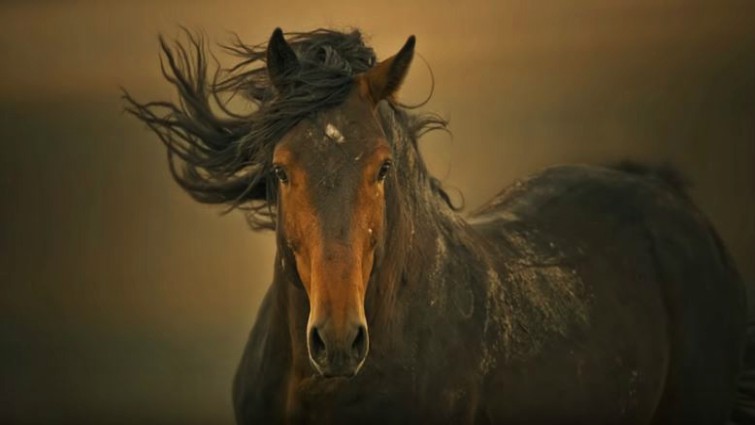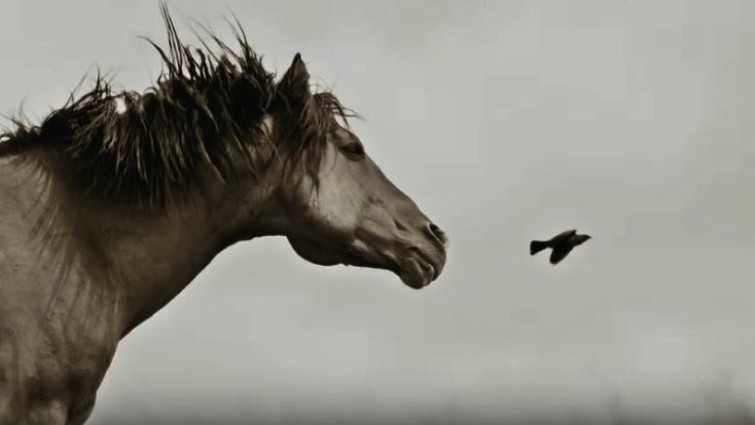There’s nothing as legendary in American history as the wild horses. The Mustang is a horse that can be found in the Western United States, decreased from horses carried to the Americas by the Spanish. Mustangs are often attributed to as wild horses, but because they are descended from once-domesticated horses, they are in fact, feral horses. America’s Wild Horses are managed and protected by the Bureau of Land Management (BLM). There have been a lot of discussions about the sharing of land and resources by mustangs with the livestock of the ranching industry, and also with the methods used by BLM to manage their population numbers.

The most popular method of population administration used is rounding up the excess population and giving them to adoption by private individuals. But ever since the federal Bureau of Land Management started making wild horses accessible for adoption, they’ve taken a stigma that is only now beginning to be defeated. Wild Horses can be adopted for just $125 each through periodic Bureau of Land Management sales. Even though BLM has selected a “reasonable price” there are still insufficient numbers of adopters, so several horses who were once completely living free in the wild now live in temporary and long-term holding areas.

There are a lot of concerns that the animals may be sold for horse meat. If you look on the internet about wild horses all the communications, photographs, and videos are all very difficult to process by a lot of people. Everything is very dark. While frightened by government administration and overpopulation, a piece of the wild horses’ history is alive today in the herds of wild mustangs that make the scenery, beautiful to look at. That’s why three photographers made it their life’s mission to change the way people think about horses. Strong Women, Wild Horses is a short film about a group of courageous photographers dedicated to documenting how horses live in the wild.

They have devoted all their time capturing the lives of these wild horses with the purposes of inspiring people to protect the last surviving herds of these noble creatures. Kimerlee Curyl, Elissa Kline, and Laura Leigh wanted to prove people that wild horses should be free without showing the imagery of round-ups gone wrong, disheartening holding cages, and slaughterhouses. But through their cameras, these photographers also expose how wild horses are caught in the middle of a dangerous land battle. The ranching industry obliges more land for animals and oil producers continue to enlarge pipelines across the country, threatening the lives of these animals.

But instead of focusing on these kinds of things, they focus on the “good and beautiful side”: pictures of the magnificent horses in their natural habitat. Needless to say, their photographs are captivating. “I understood from the beginning I didn’t want to be the one to show the dark side of it,” -said Kimerlee Curyl, one of the three photographers who participate in the documentary. “I want people to be motivated to care,” she adds. “To make a difference, to transform. To comprehend that this is happening to them.” So, determined in the mission, they consume hours and hours in the Great Basin, one of the few remaining untamed areas of the U.S. to capture the majestic free-roaming wild horses.

There are only a few untamed regions left in the U.S. where wild horses roam free, but these areas are under oppression and being gradually excluded due to industry’s requests to remove wilderness in order for them to profit. Even more astonishing is how some of the horses reach up to them, even letting the photographers touch them. The women are obviously trusted, having spent so much time capturing these beautiful creatures on camera. In the video shown below, the women film the two extremes; wild horses delighting in their freedom — then freedom suddenly ripped away as helicopters hunt and herd them into custody.

Foals are divided by their mothers. Stallions are hit with stun guns. The women wish that the beauty of the horses defined in their work will inspire all who care about these animals to take action. The wild horse needs to be preserved before it’s too late. It’s unbearable to learn of the tragic events these women are testifying, but it’s also essential for people to realize what is happening with wild horses and the decisions being made for future generations. Please watch the documentary posted below and make sure to share it with your friends, in order to raise awareness about America’s last remaining wild horses.
